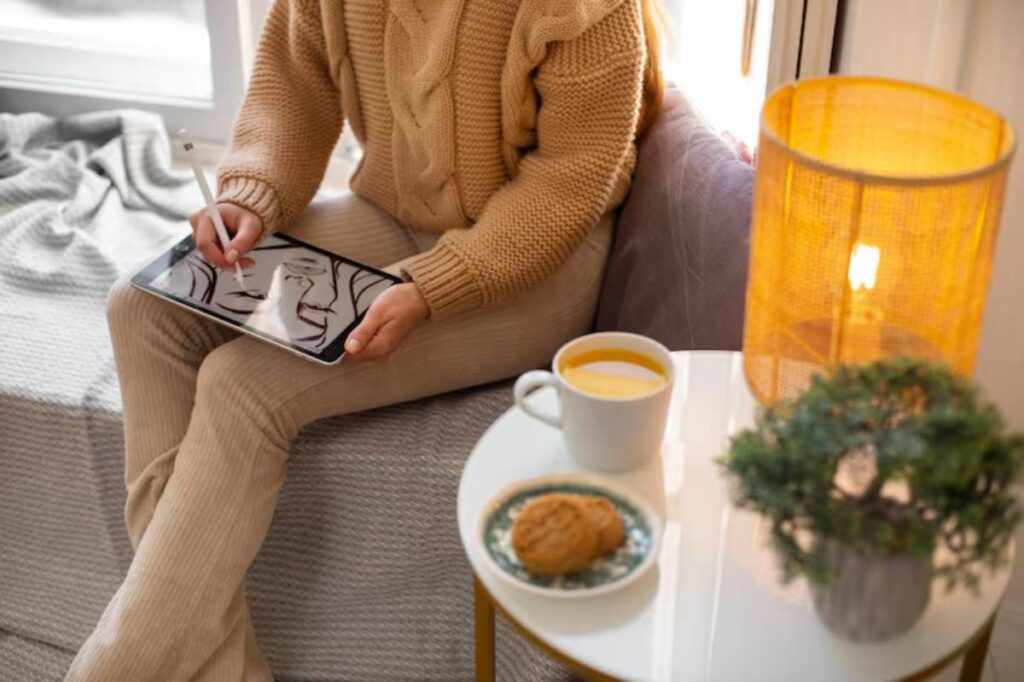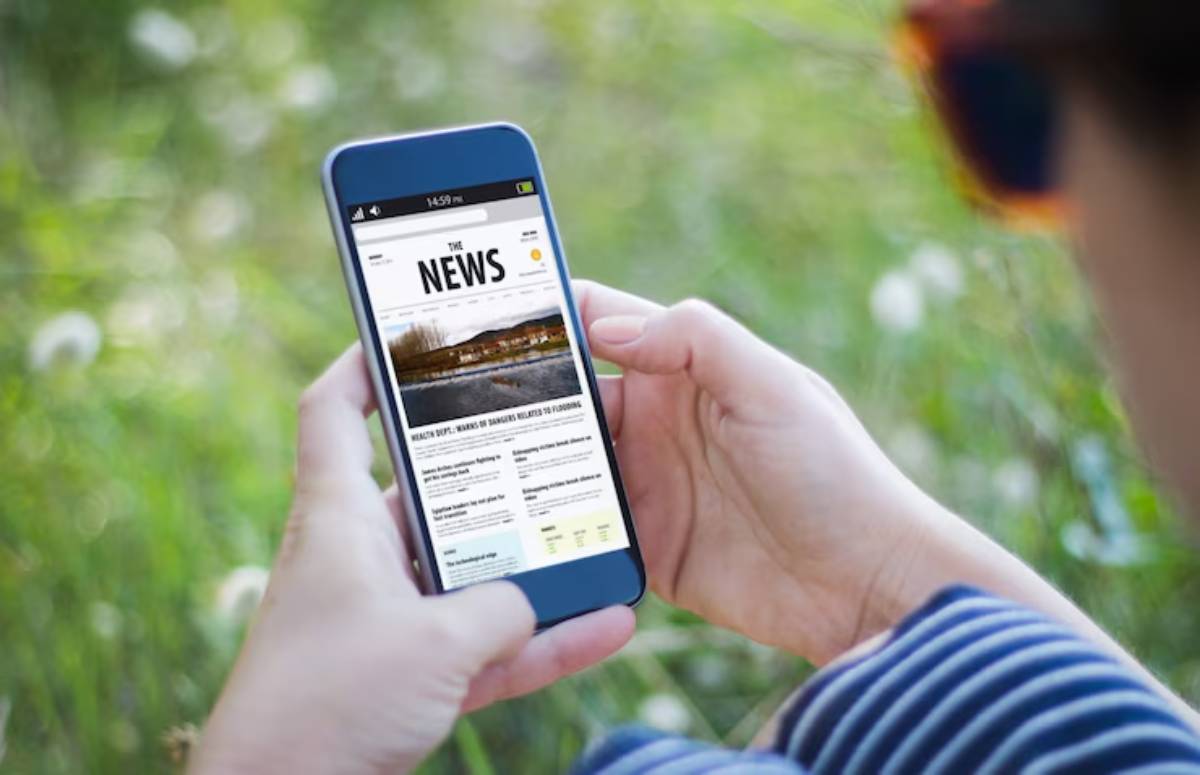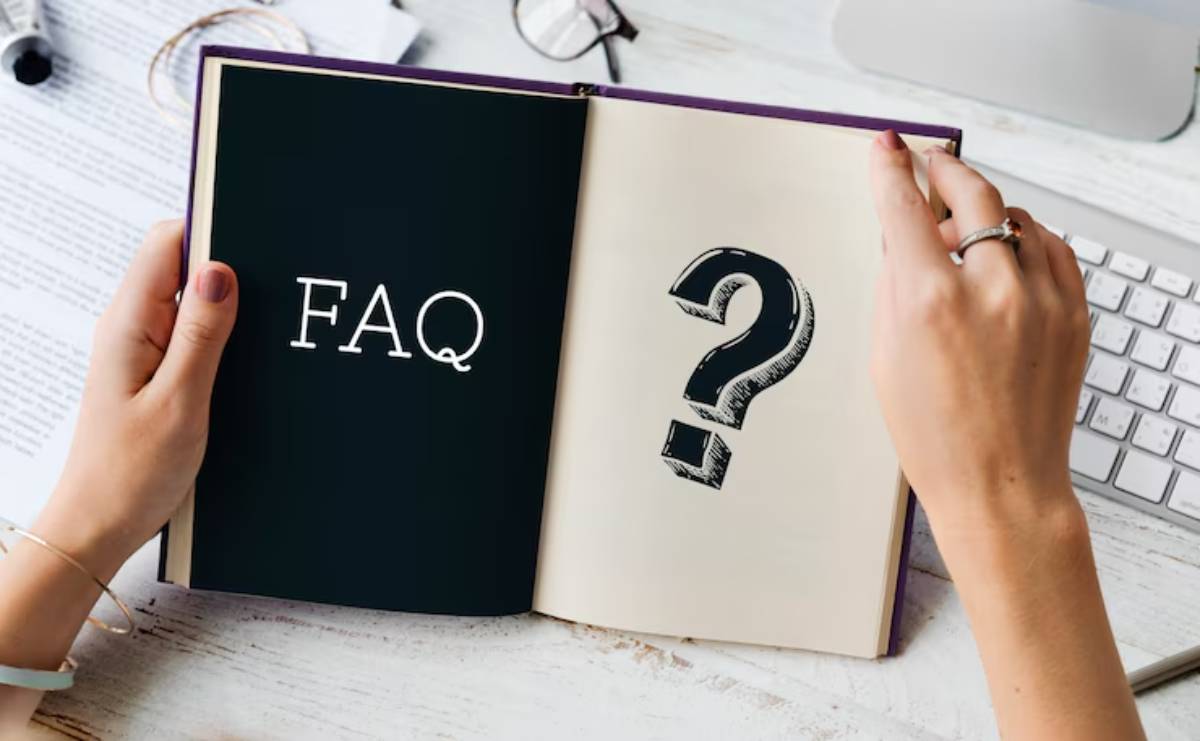The Personal Development Blog

How to Build a Minimalist Content Diet
It starts with a news headline. Then a scroll. Then a suggested video. Before you know it, you’ve spent your evening consuming content you didn’t plan to and don’t remember.
Modern media is designed for bingeing. But like junk food, not all content nourishes you. That’s why building a minimalist content diet matters. It helps you reduce media intake, regain mental clarity, and focus on what truly fuels you.
This guide isn’t about deleting everything. It’s about developing curated content habits and treating media like food intentional, balanced, and enriching. We’ll walk you through the steps to design a personalised digital nutrition plan that feeds your mind without overwhelming it.
What Is a Minimalist Content Diet?
Redefining Content as Consumption
Every scroll, swipe, and stream is a form of consumption. Just as we choose what we eat for health or enjoyment, we must choose what we consume digitally for mental wellbeing.
A minimalist content diet is:
- Intentional, not impulsive
- Nourishing, not numbing
- Designed around value, not volume
It means curating your content sources, limiting inputs, and choosing depth over noise.
Why Digital Nutrition Matters
A 2023 Digital Wellness Institute survey found that 62% of people report feeling mentally fatigued after passive content consumption.
Constant media overload can lead to:
- Decision fatigue
- Increased anxiety
- Lower attention span
- Content burnout
Just as you wouldn’t eat cake for every meal, you shouldn’t consume unfiltered content all day.
Quick Guide: Your Content Diet Reset
Curate, Cut, and Consume With Purpose
- Audit your inputs: Track your content sources and platforms.
- Set your values: Define what quality content means to you.
- Declutter aggressively: Unfollow, mute, unsubscribe.
- Curate sources: Keep only the voices that align with your goals.
- Design rituals: Replace passive scrolling with intentional habits.
- Review monthly: Tweak your diet as your needs evolve.
Step-by-Step: How to Practise Digital Content Minimalism
1. Audit What You Consume
List all your current content sources:

- Blogs, websites, and news apps
- Social media platforms
- Email newsletters
- YouTube channels
- Podcasts
Track them for a week. Use screen time tools or browser extensions like RescueTime.
Ask:
- What do I consume most?
- Which platforms leave me energised?
- Which ones leave me anxious or numb?
Pro Tip: Keep a “Content Journal” for 3 days. Write how each platform made you feel.
2. Define Your Content Values
What kind of content nourishes you?
- Educational?
- Thought-provoking?
- Uplifting?
- Skill-building?
Write 3–5 values for your ideal content diet. This becomes your lens for deciding what stays. If your digital overwhelm is spilling into your job, you might also benefit from practising tech mindfulness at work to create clearer boundaries and regain focus on tasks that truly matter.
Important: Everyone’s digital nutrition needs are different. Define yours.
3. Declutter With Purpose
Go through each platform and:
- Unfollow accounts that don’t align
- Unsubscribe from newsletters you delete without opening
- Mute or hide noisy connections
- Leave groups that no longer serve you
Decluttering isn’t rude. It’s healthy.
Secret Tip: Create an anonymous account to quietly follow high-signal content if you need it without the noise.
4. Curate a Personal Media Menu
Now rebuild intentionally:
- Choose 3–5 high-quality sources per platform
- Follow creators who teach, uplift, or inspire
- Limit topic areas to avoid fragmented attention
Create folders or lists for focus:
- Twitter lists (e.g., Tech Leaders, Mental Health)
- Podcast categories (e.g., Fiction, Self-Development)
- YouTube subscriptions by theme
5. Design Screen-Free Alternatives
Don’t just subtract — replace. Create rituals that fill the attention gap:

- Read a book before checking the news
- Do morning pages instead of browsing articles
- Call one friend a week instead of watching stories
Warning: Downtime might feel uncomfortable at first. That’s detox, not failure.
6. Review and Refresh Regularly
Set a monthly “media check-in.” Ask:
- What have I consumed this month?
- What did I enjoy, learn, or regret?
- What can I cut or add next month?
Your content diet, like your nutritional one, should evolve with your life stage and needs.
Best Practices & Additional Strategies
Practice the One-Tab Rule
Keep only one content window open at a time. Multiple tabs encourage shallow hopping. One tab creates mindful engagement.
Time-Bound Consumption Windows
Set 30-minute blocks for media intake, just like meals. Then unplug. This stops all-day grazing.
Content Fast Days
Designate 1–2 days a week for no content intake. Use that time to:
- Reflect
- Create
- Move
If your feeds feel chaotic, try deleting 100+ apps without regret as a complementary decluttering exercise.
FAQs

What is a minimalist content diet?
It’s a curated, intentional approach to consuming digital media, designed to reduce overwhelm and increase value from what you consume.
How do I know if my media intake is too much?
If you feel overwhelmed, distracted, or unfulfilled after browsing, it’s time to reduce and reframe your habits.
Can I still enjoy entertainment content?
Absolutely. The goal is mindful enjoyment, not elimination. Choose shows, books, or videos that truly relax or enrich you.
How long does it take to feel the benefits?
Many people report feeling clearer and calmer within a week of reducing passive media intake.
Is this the same as digital detoxing?
Not exactly. Detoxing is temporary. A minimalist content diet is an ongoing, sustainable strategy for intentional consumption.
Choose Better Inputs, Create a Better Mind
Your content diet shapes your worldview, your energy, and your productivity. By learning to reduce media intake, prioritise digital nutrition, and build curated content habits, you reclaim your attention from the endless scroll.
This is your invitation to consume with purpose, not passivity. Curate a digital world that reflects the life you want — and gives your mind the space it craves.
Start today by unfollowing three accounts, deleting one app, and choosing one content creator who truly feeds your mind.









